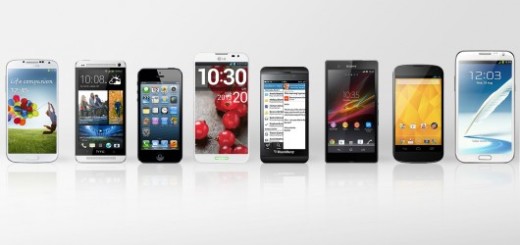Imagining the e-book reader of the future.
The E-book reader is quite possibly my favorite new tech gadget of the last few years; I believe these devices have the potential to help save millions of trees, and more over they are extremely convenient, allowing you to carry thousands of book in a little device that’s often smaller and lighter than a standard paperback novel.
I’m indeed a big fan of e-book readers, and I’ve been doing a lot more reading ever since I got my Kindle 3 earlier this year. Regardless of the fact, I think these devices still have much room for improvement before they are truly perfect. As such, this post will deliver my personal vision of what the e-book reader of the future will be like.
Generally speaking, I believe the internal capabilities will keep improving in line with what we’ve seen so far, such as the ability to store entire progressively larger libraries in a single device, the built-in dictionaries and thesaurus, and the option to add notes and bookmarks and share them over your favorite social bookmarks.
The biggest changes though, will probably happen on a surface level, as future readers will become exactly like regular books, down to the touch and feel and even smell of it. How is that for a best of both worlds kind of deal? Let’s now see some of the features I’m hoping to see e-book readers evolve into, within the next couple of decades.
Color support: most books don’t really use much color in them, it’s granted. But magazines, comic books and school books certainly do! And these kinds of publications arguably amount for a significant chunk of murdered tress, so as soon as electronic paper allows displaying, it will be a step in the right direction. Also, this development is likely to occur before 2012, as the technology is already available.
Video support: while this isn’t a critical feature, it would certainly come in handy, especially for reference materials and school books. It would allow adding a new dimension to the information in a manual while keeping its bookish qualities. At the moment, electronic paper technology is not sufficiently advanced as to permit the rendering of videos, but it’s probably a matter of time before that changes.
Speech recognition: since these devices are fundamentally meant for reading, why would they ever need to recognize speech, you may wonder? So that you could dictate your annotations, of course! Or even your essays, your novels, personal letters or any other type of writing. Wouldn’t it be nice if you could do that with no need to type or even take your hands off the reading device?
“Unlimited” battery life: One of the greatest benefits of e-ink technology is the impressively low power consumption, which allows for an autonomy that’s so amazing, it’s not even measured in hours, but actually in page turns. This feature is likely to be improved upon to allow even more off-the-grid reading. Eventually, e-book readers may come with embedded solar panels and kinetic chargers, which could mean that at some point, they may require no electrical outlet to draw energy from.
Multiple pages: Electronic paper is still fairly expensive at this time, so e-book readers are nowadays a slate-like device with a flat screen. You “leaf” around pages by clicking a button, and that’s that. But when these materials get less expensive to manufacture, there will surely be a time when e-book readers will become just like actual books, with hundreds of blank pages that can be populated and refreshed at the click of a button, so the reading experience will indeed be like using an actual book, in which you can flip back and forth between pages with no need to click.
At such point, the manufacturers may even figure out a way to impress a cellulose scent upon the e-book reader of the future, as to make it in every aspect equal (and in many aspects superior) to traditional books. What do you think? Does that sound like science fiction to you, or is it just a matter of time?

